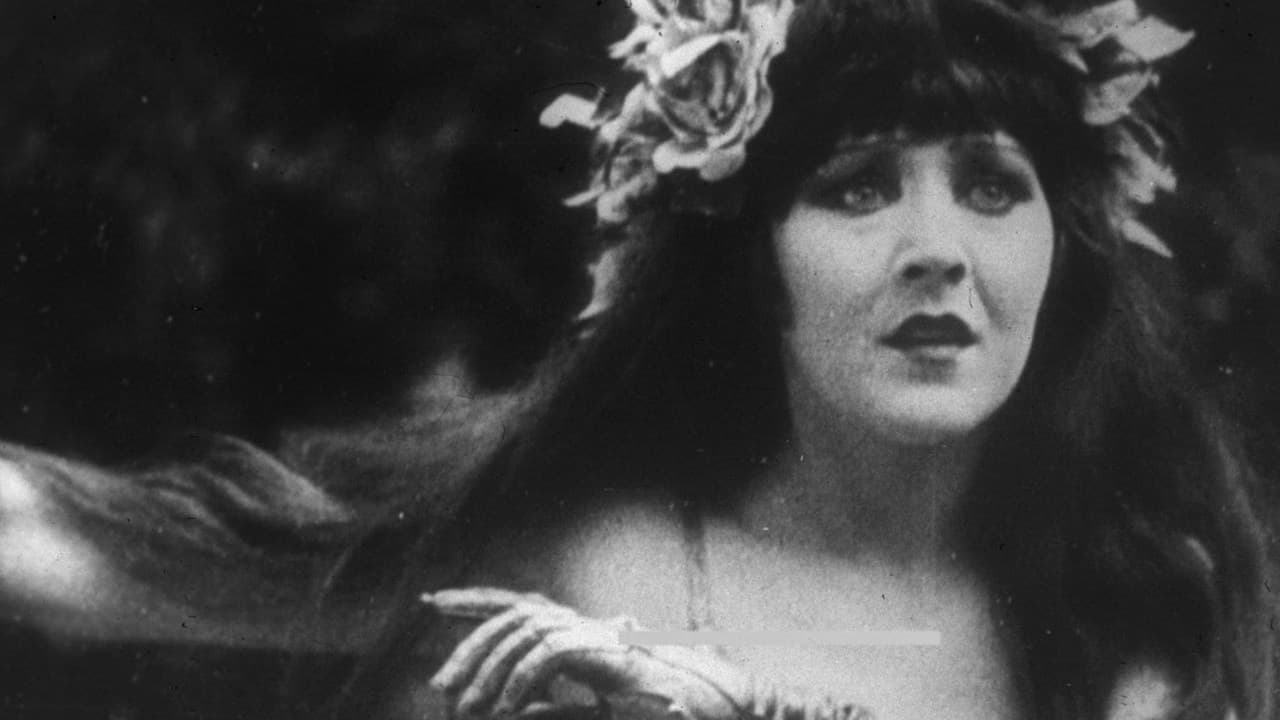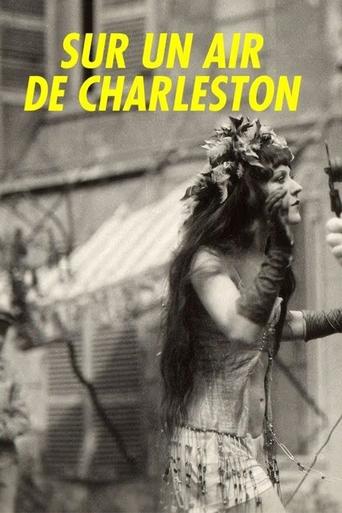

"Charleston Parade" is a 1926 silent, short film by director Jean Renoir. Set in the year 2028, the film sees a pilot in blackface and minstrel attire leaving a futuristic, high-tech Africa and flying to a primitive, post-apocalyptic France.When our pilot lands, he meets an attractive, scantily clad woman. She's a carnal creature who throws her body at the unsuspecting pilot, who in turn shyly rejects her advances. The woman then begins to communicate with the pilot using dance, scenes which anticipate Renoir's own "French Cancan" (1954).Though dismissed as a silly film, "Charleston Parade" abounds with interesting reversals. Renoir flips white and black stereotypes by assigning frenzied, tribal movements to whites (and a pet monkey no less) and dandyish behaviour (and sexual timidness) to the pilot. The pilot is himself played by Johnny Huggins, a black man, yet one who wears blackface paint, reversing the racist implications of minstrel shows. The film then ends with the pilot taking the primitive white girl back to Africa, where she will reintroduce white aboriginal dance to a people who have lost their own art-form by dint of distance from their ancestors. But while the film parodies white/black historical relations, it also points to common bonds. For Renoir, dance rather than film constitutes a shared language and perhaps also the chief art form from which cinema sprang.Incidentally, the 1920s saw the birth of new African-American communities in Paris. After WW1 ended, many African American GIs decided to stay in France, which lacked the widespread racism of the United States. It was also around this time that jazz was introduced to the French, as well as other aspects of black culture. Pretty soon African American musicians, artists and Harlem Renaissance writers began flocking to Paris – the city's Luminous Years – an exodus which WW2 promptly stopped.9/10 - Even minor Renoir is good Renoir.
... View MoreAs a closet completist I felt I must see this one, even though what I knew about it wasn't prepossessing. And the result: a piece of exuberant tosh by Renoir - the classics were definitely a long way off.In 2028 black-faced Negro flies in to Terra Incognito - post War France - in a sphere and is ensnared by an indefatigable dancing scantily clad white aborigine woman. Although he too has a sense of rhythm he's especially impressed by her either dancing first in slow- and then fast-mo. Slinky and shameless dance moves, a telephone drawn on the wall and 5 bodiless grinning angels are highlights - give me Tex Avery anyday! Hessling was certainly good to look at (personally speaking of course) but even though it's so short it still drags without a coherent plot.But! This wasn't meant to be heavy, and as knockabout sci-fi it was an interesting 19 minutes - I might even watch it again sometime.
... View MoreThat's pretty much all that needs to be said about this bizarre exercise in reverse-colonialism, as an explorer (in blackface with very prominent white lips!) lands in his globular airship from Africa in the desolate "terra incognita" of France, 2028. There he espies a gorgeous native savage (Ms. Hessling) who treats him to an example of and a lesson in the Charleston, the "native dance of white people" or something such.Ms. Hessling is very sexy, the film is pretty erotic by 20s standards, there are some interesting special effects, but it's a silly trifle at best, and of course the blackface is....not something we want to remember from Jean Renoir. Nice print on the Lionsgate "early Renoir" 3-disc DVD set.
... View MoreShot in three days on a practically zero budget, using film stock left over from Nana, Jean Renoir made this strange curio just for fun. He never edited it. It was never released. He later gave the footage to the Cinémathèque Française, who pieced the film together.The story: it's the year 2028. An explorer from Central Africa (Johnny Huggins, a jazz dancer of the 1920s, who appears here in minstrel makeup; he actually was black) arrives in a post-apocalyptic Paris in a flying sphere. He encounters a scantily-clad wild girl and her monkey friend. The girl dances the Charleston to try to seduce him. He thinks she's threatening him and he runs away. She chases after him, dancing ever more aggressively and seductively. The explorer begins to watch, hesitantly, but curiously. The girl draws a telephone on the wall, which turns into a real telephone, and she calls some kind of disembodied human head with wings. Some other winged disembodied heads appear. The girl hands the phone to the explorer, and one of the heads speaks to him--apparently letting him know that the girl's OK. Then the explorer and the girl dance the Charleston together. The girl leaves with the explorer in his flying sphere, her tearful monkey friend waving goodbye.
... View More